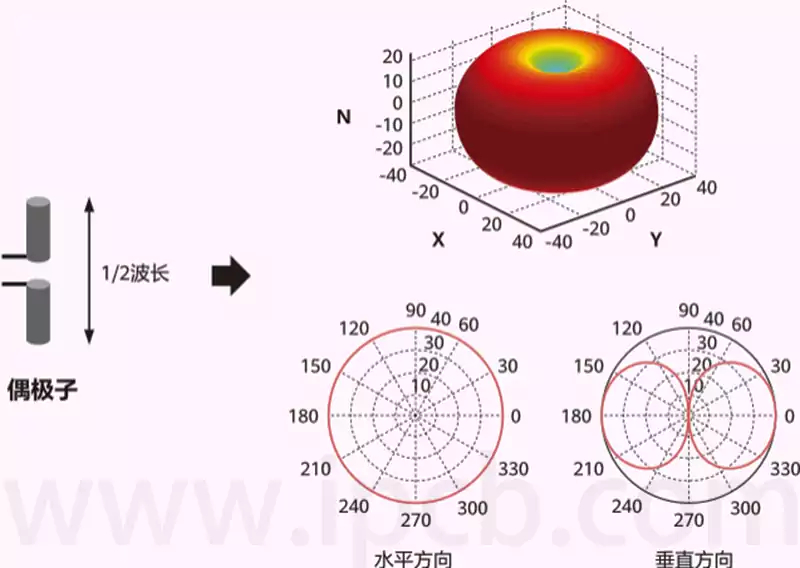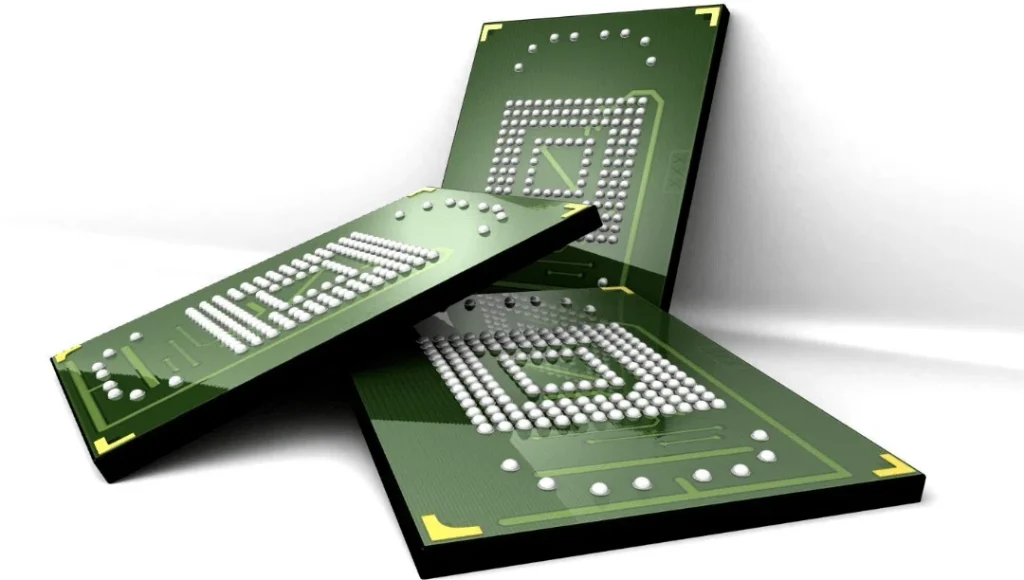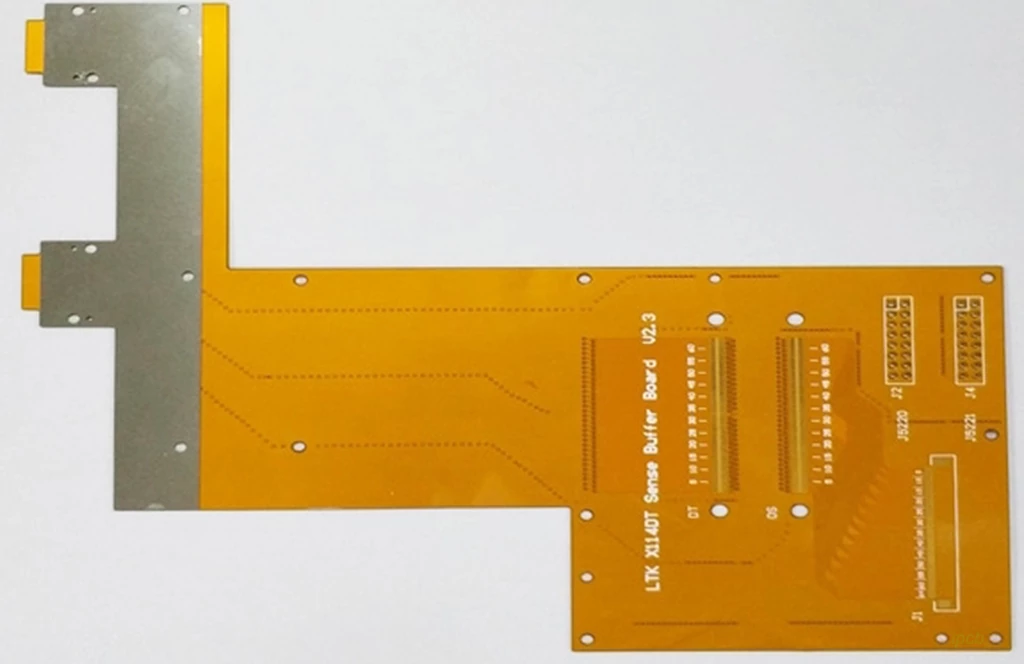What is a dipole antenna? A dipole antenna is a basic antenna used to broadcast radio frequencies. A dipole antenna is named after the two conductors of equal length that extend from either side of the antenna. A dipole is an omnidirectional antenna, which means that it broadcasts frequencies in all directions at the same time.
The basic structure of dipole antenna is constructed by two conductor arms which are symmetrical to each other. In terms of material selection, metals such as copper or aluminium are usually used because they have good electrical conductivity and can provide a low resistance path for the transmission of high-frequency currents, which greatly reduces the energy loss during the signal transmission process and thus ensures the efficient operation of the antenna. From the size specification, the length of each conductor arm is roughly a quarter of its working wavelength, based on this, the overall length of the antenna is exactly half-wavelength, and because of this, dipole antennas are often called Half-Wave Dipole Antenna (Half-Wave Dipole Antenna). At the input and output of the signal, the centre of the antenna is connected by means of a feed line (commonly in the form of a coaxial cable). It is important to note that due to its symmetrical structure, the dipole antenna does not need to rely on an external grounding device for practical applications. This structural characteristic not only greatly simplifies the installation process of the antenna, reduces the complex operation and debugging steps in the installation process, but also effectively reduces the environmental factors, such as differences in grounding conditions, the conductivity of the surrounding objects on the antenna performance of the interference, and enhances the antenna’s stability and reliability.
Principle of Dipole Antenna:
(1) Working Principle: When current passes through two wires, they will form a positive charge and a negative charge respectively, forming an electric dipole. The electric dipole will generate electromagnetic waves in space, and the direction of its main flap depends on the relative position between the two wire elements and the direction of the current.
(2) Radiation pattern: the radiation pattern of dipole antenna shows a symmetrical ‘eight’ shape, the strongest radiation on the central axis, and the radiation gradually decreases where it deviates from the central axis, forming two asymmetrical plane beams.
(3) Polarisation: If the dipole antenna is vertically polarised, the electric field vector is along the direction perpendicular to the ground; if it is horizontally polarised, the electric field vector is parallel to the ground.
The dipole antenna exhibits several key characteristics in terms of performance. Its gain is typically maintained at a level of about 2.15 dBi, which suggests a greater ability to radiate in a given direction compared to an ideal isotropic antenna, reflecting a certain directionality. However, in the context of overall antenna gain, this gain is still moderate. In terms of input impedance, the dipole antenna in free space has an impedance of about 73 ohms, a value that matches well with common 50 ohm or 75 ohm transmission lines, helping to reduce reflection loss in signal transmission and ensuring efficient signal radiation.
However, it should be noted that the impedance of the antenna in practice will be affected by the surrounding environment, mounting height and nearby objects, and is not static. In order to optimise the performance of the antenna in complex environments, it is often necessary to adjust and optimise the antenna impedance with the help of a matching network such as a balun, in order to achieve better signal transmission efficiency.
In terms of bandwidth, dipole antennas operate in a relatively narrow band, usually covering only 5 to 10 percent of their centre frequency. This makes it potentially unsuitable for broadband applications. To overcome this limitation, engineering often uses improved designs, such as the folded dipole antenna which effectively extends the bandwidth by changing its structure. In addition, loading techniques, i.e., adding inductors or capacitors to the antenna arm, can also expand the operating bandwidth of a dipole antenna by adjusting the parameters of these components, making it better suited for broadband communications.

A few common types of dipole antennas and their characteristics:
A half-wave dipole antenna is the most common form, with its length corresponding to the half-wavelength of an electrical wave. This type of antenna is usually centre-fed, has low impedance and is easy to manage and operate. Due to the balanced nature of the half-wave dipole antenna, a balanced feed line or a combination of an unbalanced feed line and a balun-balancer is required to ensure good operation. Although the half-wave dipole antenna is the most popular form, other types of dipole antennas exist.
In addition to half-wave dipole antennas, there are multiple forms of half-wave dipole antennas. These antennas can be odd times the length of the half-wavelength and have a different radiation direction pattern than a half-wave dipole antenna, but still work effectively. A half-wave dipole antenna of an odd multiple length is capable of generating at the centre point. current maximum and voltage minimum, thus providing a low impedance feed point, making the antenna easy to feed. This type of antenna is particularly suitable for operation at its base frequency while also operating at three or more times the frequency of the base frequency, forming a multi-band dipole option.
Application Areas of Dipole Antennas
Wireless Communications
Dipole antennas are widely used in wireless communications, such as mobile communications, satellite communications and wireless local area networks. They are used to send and receive wireless signals for functions such as data transmission, voice calls and network connections. The structural and performance advantages of dipole antennas make them an important part of wireless communication systems.
Radio and Television
In radio and television, dipole antennas are used to transmit and receive television and radio signals. They enable the distribution of radio and television programmes by transmitting television programmes, music and other media content to receiving devices.
RADAR Systems
Radar systems use dipole antennas for the transmission and reception of electromagnetic waves to detect and track target objects. The dipole antenna plays a key role in a radar system, helping the system to acquire information such as the position, speed and direction of the target.
Remote Measurement and Monitoring
Dipole antennas also play an important role in remote measurement and monitoring applications. By combining a dipole antenna with a sensor, it is possible to measure and monitor environmental parameters such as temperature, humidity and pressure. These data can be transmitted to the monitoring system via wireless communication for remote monitoring and data acquisition.
Navigation And Positioning Systems
In navigation and positioning systems, dipole antennas are widely used in the Global Positioning System (GPS) and other satellite navigation systems. They receive signals from satellites and calculate the receiver’s position and velocity information relative to the satellite. This positioning technology is widely used in aviation, navigation, in-vehicle navigation and mobile applications.
Scientific Research
Dipole antennas also play an important role in the field of scientific research. Astronomers use dipole antennas for radio astronomy in order to explore radio signals in the universe. In addition, dipole antennas are used for experiments and observations in atmospheric physics research, earth sciences and other scientific fields.
Impact of Dipole Antenna on Wireless Communication Technology:
Transmission Distance and Coverage
The structure and efficiency of dipole antenna directly determine the effective transmission distance and signal coverage area of wireless communication system. By fine-tuning the structure and parameters of the antenna, the transmission efficiency and coverage of the signal can be significantly improved, thus enabling wireless communication over longer distances and wider areas.
Signal quality and operational stability
Well-designed dipole antennas ensure stable and reliable signal transmission. They help to reduce signal attenuation and interference, which are critical to maintaining the quality and reliability of wireless communications in complex and high-density environments. For example, the new dipole antennas show better omnidirectionality and stable gain compared to traditional whip antennas, solving the problem of radiation blindness of traditional antennas. In mine wireless communications, optimised antenna setups are required to improve transmission distance, bypass capability, system stability and reliability, while reducing base station usage and maintenance costs. Mechanical antennas generate electromagnetic field radiation through the mechanical motion of electric charges or magnetic dipoles, and utilise near-field energy in antenna radiation. Existing permanent magnet based mechanical antenna solutions mostly use sintered NdFeB in terms of operational stability. In the electromagnetic field, Pointers vector and radiation intensity are used to quantify the radiated power of the antenna, while gain and directivity measure the radiated power in a particular direction.
Multi-Band And Multi-Mode Communication Adaptation
The flexibility of the dipole antenna allows it to meet diverse frequency band and communication mode requirements. Different wireless communication protocols apply different bandwidths and frequencies, and therefore require corresponding antenna designs to achieve optimal performance and compatibility. For example, a dual-band short-circuited dipole antenna can integrate two radiators and a short-circuited body in a single unit, with radiators that have different resonant fundamental frequencies and are capable of radiating or receiving radio signals at two different frequencies. Such antennas can be used in wireless communication systems that require multi-frequency operation, such as the 868 MHz and 2450 MHz ISM bands for Internet of Things (IoT) applications. Common aperture dual-frequency dual circularly polarised dielectric resonator antennas and dual-frequency dual circularly polarised composite microstrip antenna designs for satellite communication requirements also exist. Reconfigurable antenna technology also enables dipole antennas to support multiple polarisation patterns to accommodate complex communication requirements.
Mobile Devices and Portability Development
With the popularity of portable electronic devices such as smartphones and tablets, the miniaturisation and integration of dipole antennas has become increasingly important. This development trend enables mobile devices to provide more powerful wireless communication functions and enhance user experience. For example, flexible sheet materials are widely used in the manufacture of RF antennas and high-frequency transmission lines for mobile phones, tablets, and laptops to meet the demand for a significant increase in the number of antennas in the 5G era. Some antenna designs, such as folded dipole antennas, are adapted to suit portability requirements by altering the structure to reduce physical size while maintaining electrical performance.
Impact and Drivers of Emerging Technologies
As wireless communication technologies such as 5G, the Internet of Things (IoT) and the Internet of Vehicles (IoV) continue to evolve, greater demands are being placed on the design and optimisation of dipole antennas. The design and improvement of dipole antennas will continue to drive advances and innovations in these emerging technologies. 5G communications use high-frequency band millimetre-wave technology, which places higher demands on antenna transmission distance and quality, system capacity and coverage. In IoT, miniaturisation and low-power design of antennas are key, and embedding multiple antennas to meet high-performance and small-size designs has become standard. In IoT, dipole antennas can be used as roof antennas, and their design and optimisation are critical for high-speed, low-latency and reliable communication between vehicles and 5G networks



